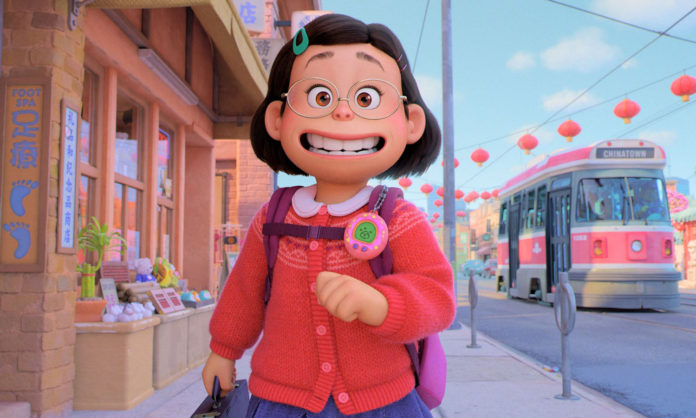In an interview with ScreenCraft, Turning Red co-writer Julia Cho shares some of the tricks she used to write the well-loved film. Possible spoilers!
- Write the Thing That’s Missing from Your Cultural Landscape. In addition to using Mei’s transformation into a giant red panda as a metaphor for a girl’s puberty, Cho and co-writer/director Domee Shi put it explicitly on the screen. “One of my great joys was writing that scene where Mae turns into a panda for the first time and there’s a pyramid of menstrual products behind her,” says Julia. “Why’s that not been up there [on screen] before? Once we started finding those moments and realizing how fun it was to write in those moments that we hadn’t seen before, we tried to do as many as we could.” Do you have experiences you’ve never seen on-screen or in fiction? Write about them to deliver something fresh.
- An Antagonist Can Be a “What” Instead of a “Who”. While Mei has conflict with her mother, the movie doesn’t have an express antagonist. Instead, Cho and Shi used cultural expectations as an antagonistic force that both Mei and her mom push against. Lesson: you don’t need a villain to create conflict and drama.












